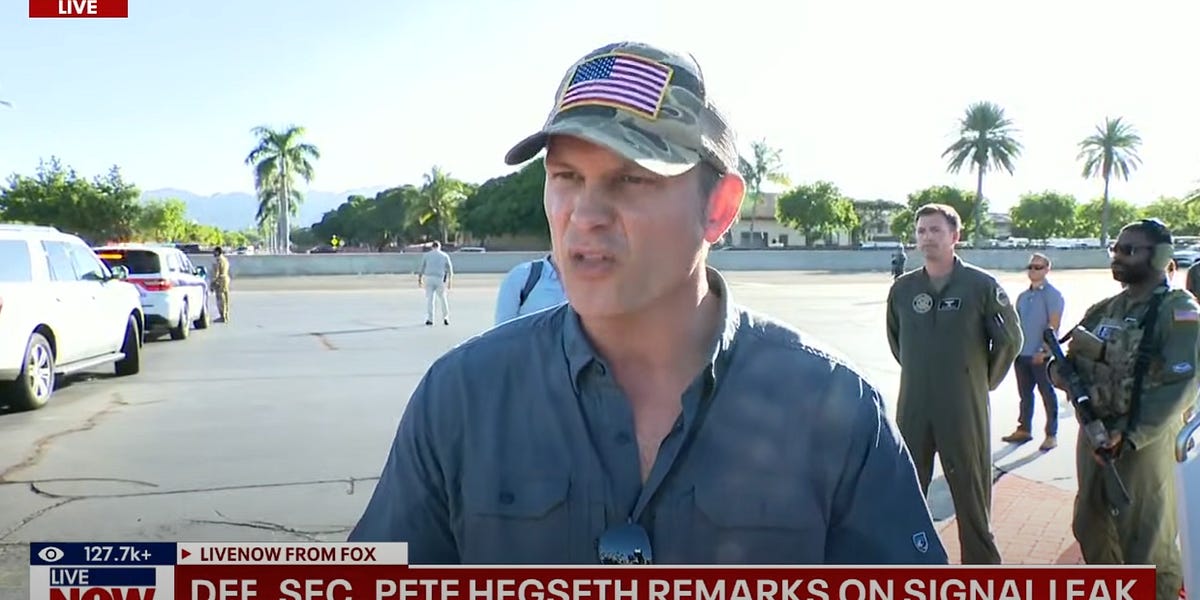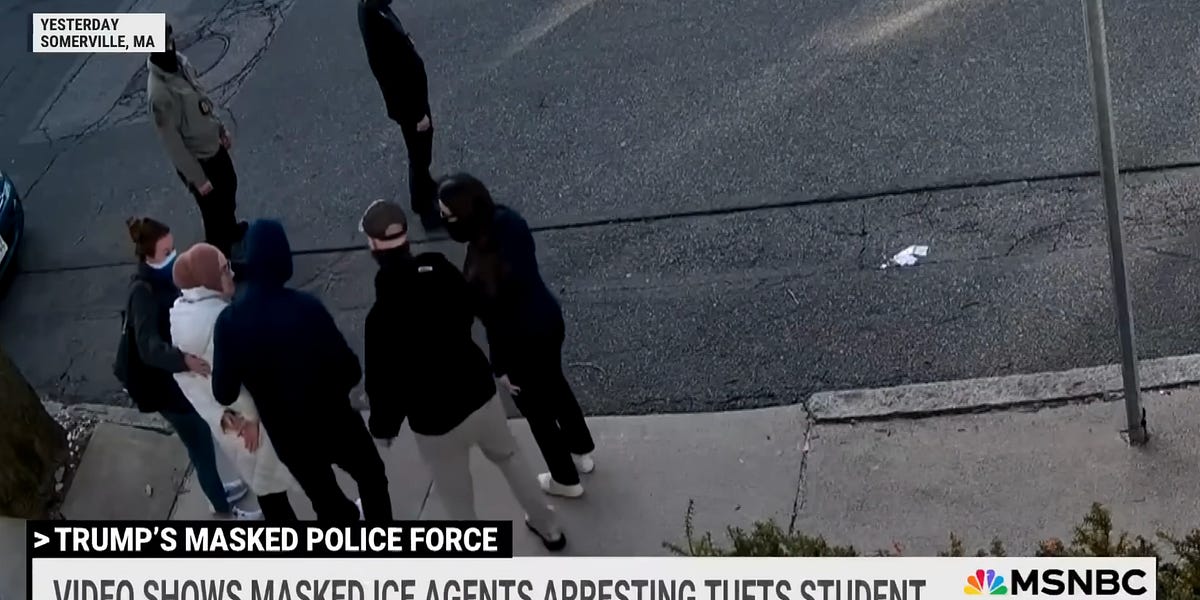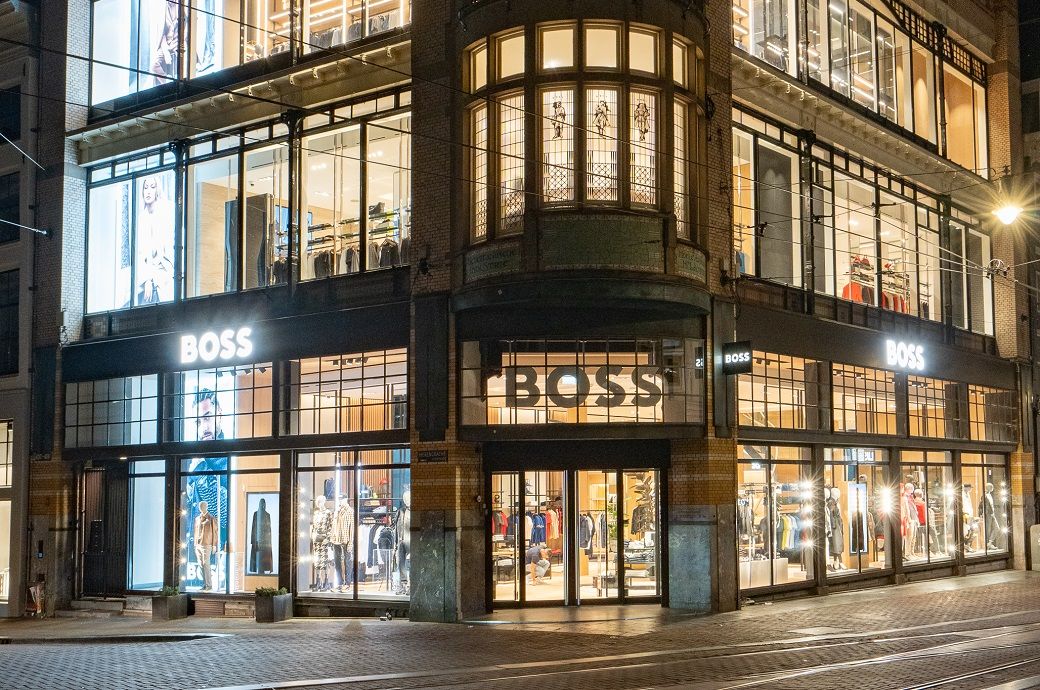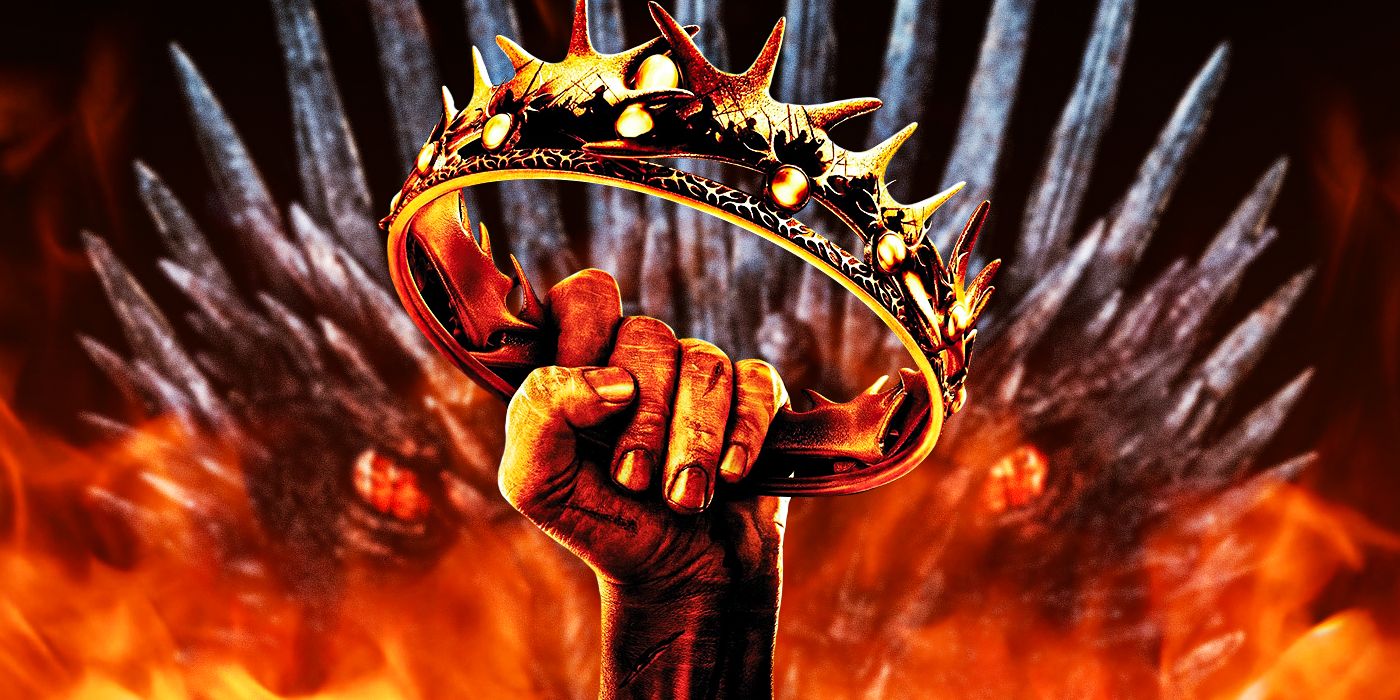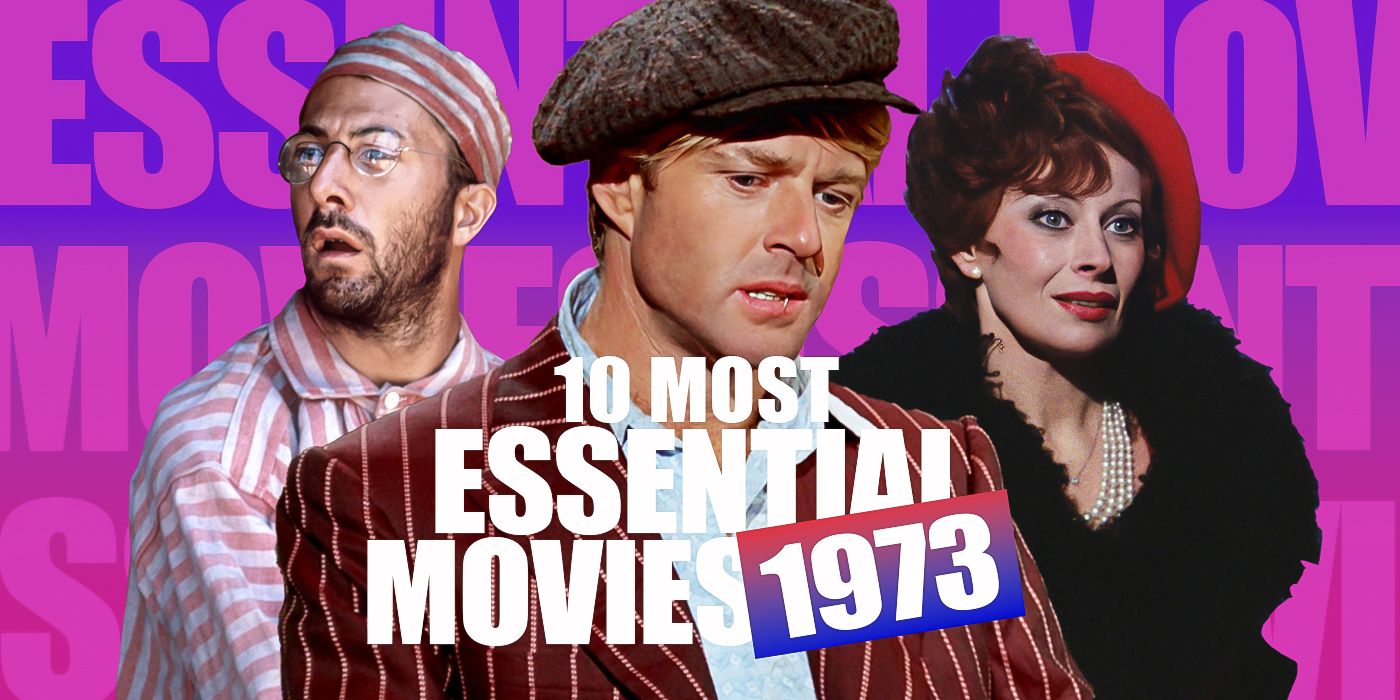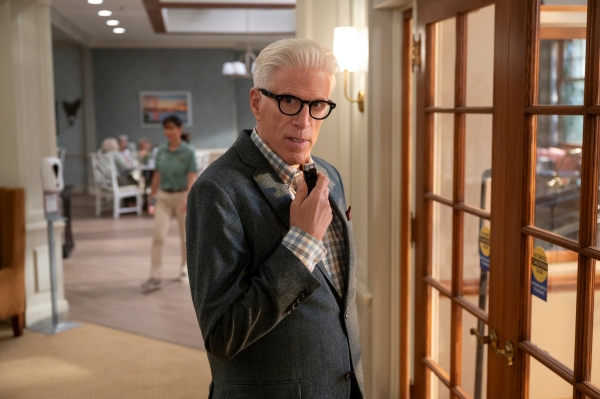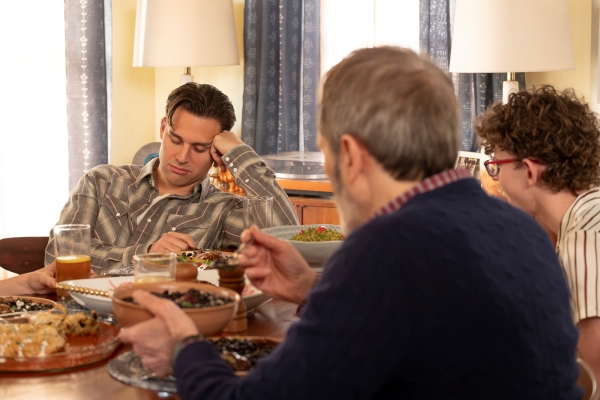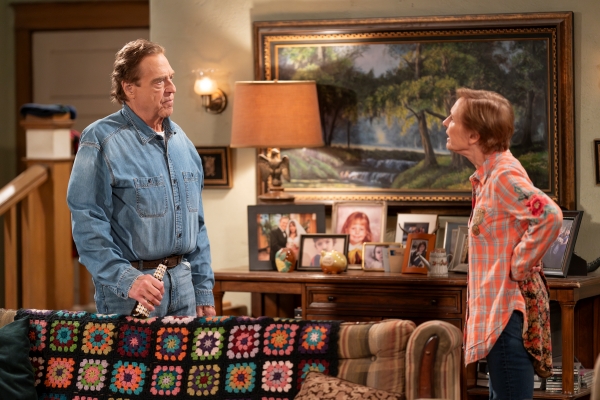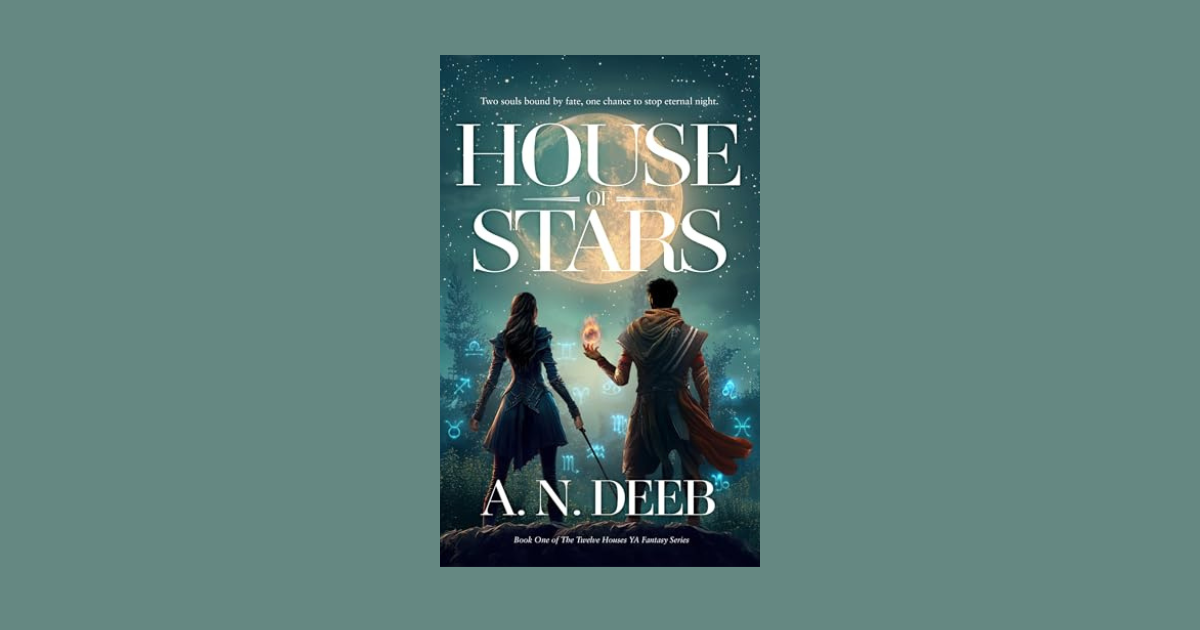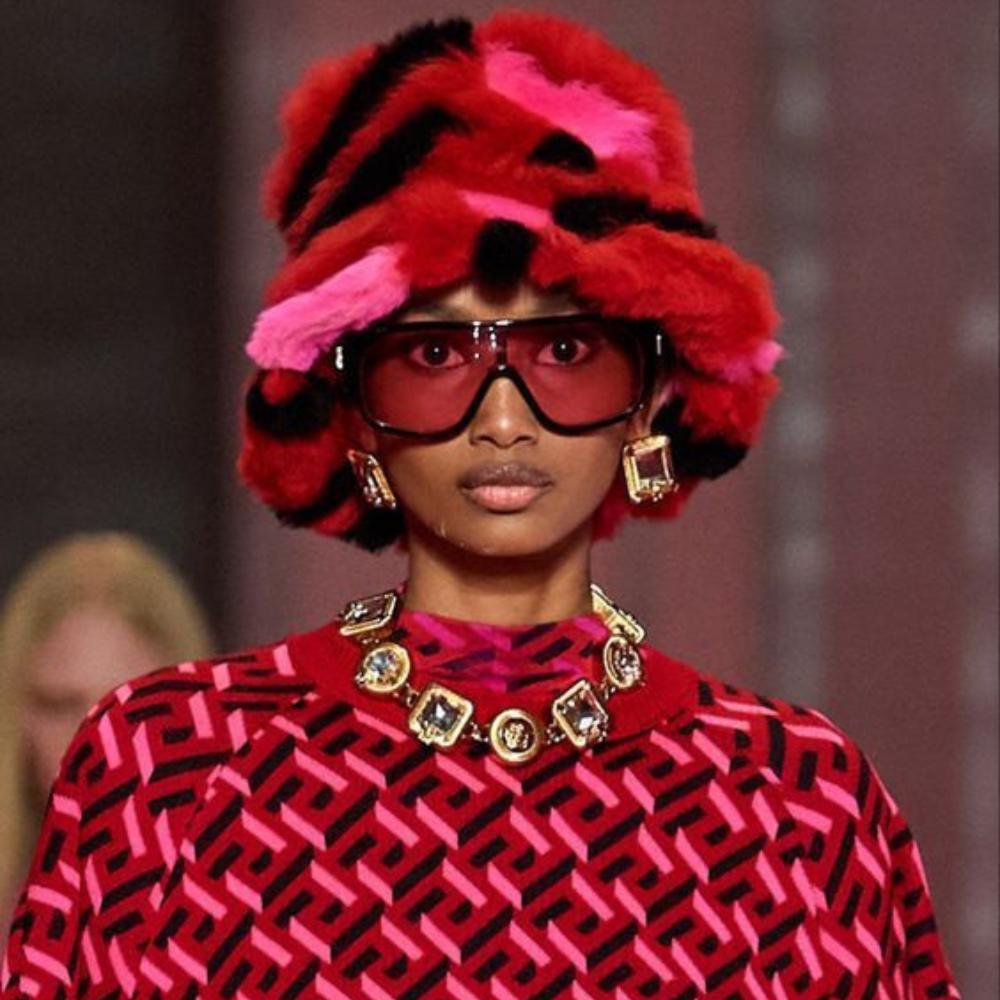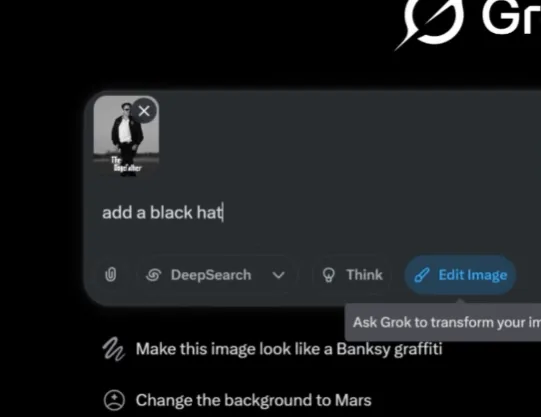Snyder (“Army of the Dead”) and his two credited co-writers, Shay Hatten and Kurt Johnstad, never really try to be original. Instead, they joyless trudge through formulaic territory, only now with a bigger budget and a Snyder-y compulsion to replicate the looks and styles of other movies and comic books, among other media. “Rebel Moon” often looks more like an animated pitch for a movie than an actual movie with human characters, urgent drama, emotional stakes, and so forth.
Everything’s big—and corny, and ungainly—in “Rebel Moon,” starting with the space farmers who try and obviously fail to resist a visiting party of space fascists, representing the Motherworld’s formerly great colonial power. The farmers are initially led by a brawny Corey Stoll, whose needlessly swole physique and braided pushbroom beard ostensibly contrasts his character with Admiral Atticus Noble (Ed Skrein), a very pale goose-stepper with a short temper and an army at his back.
Stoll’s character dies pretty quickly, because even a father figure with a barrel chest and Viking Snuffleupagus beard cannot defeat Noble and his fellow would-be overlords. Now the farmers of, oh gosh, Veldt must plan for the Motherworld’s next visit. Their champion, a petite farmer with a past named Kora (Sofia Boutella), then sets out to find warriors who can train her people to fight back. She finds stock types with prominently exoticized backgrounds, like the Scottish mercenary Kai (Charlie Hunnam) and the beastmaster prince Tarak (Staz Nair), now a slave.
As usual, Snyder doesn’t seem to care about these characters so much as he likes their style guide features, like their cleavage, their haircuts, and their hard-stressed accents. Some actors, like Hunnam and Stoll, dig in with both hands, but not everyone fares as well with dialogue that never stops expositing even as matte-painting replica landscape shots threaten to swallow up whoever’s pushing the plot this time around. It’s usually Kora, but other characters help to establish the movie’s passing interest in the usual post-“Star Wars” space opera themes of resistance, hope, and compassion, mostly through bumpersticker dialogue and G.I. Joe poses.











